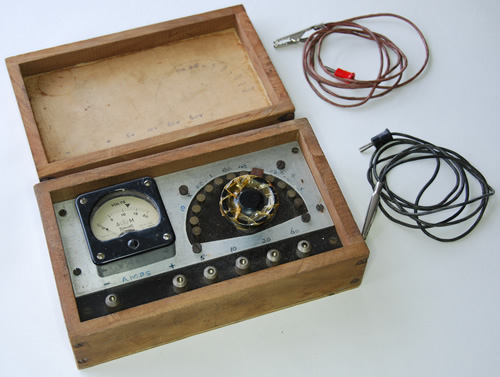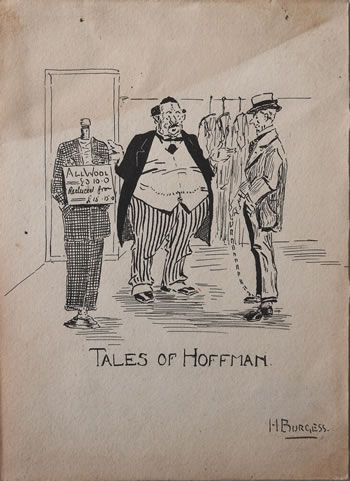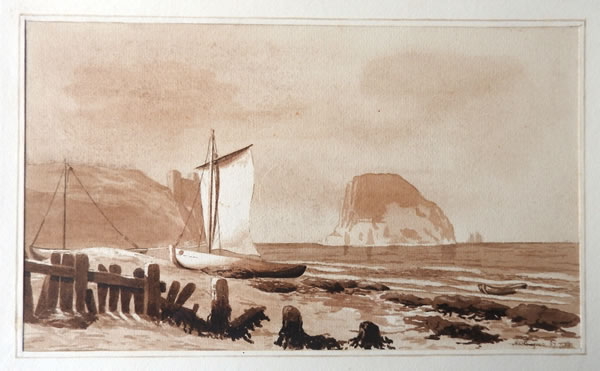| Harold Burgess: the creative side | |
|
Memorabilia
|
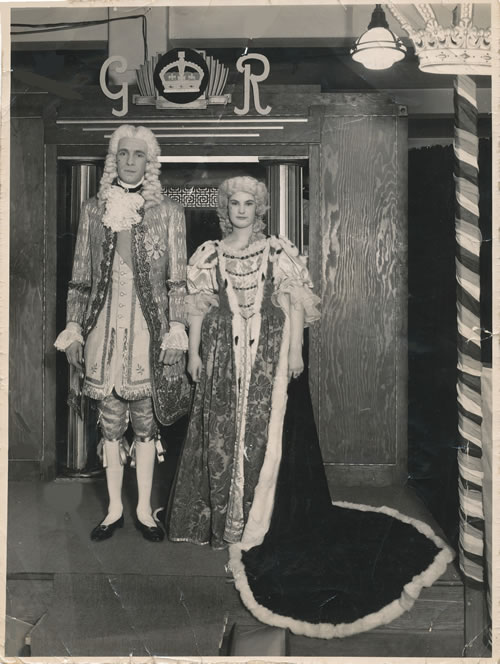
Some of the articles in the newspapers are quite entertaining and revealing of life in the 1920's. They may be seen on another page. Harold Burgess might be described as being a bit of a practical polymath, turning his hand to a range of activities after reading up on them. There was often a creative aspect that he seemed to enjoy as much as the technical challenge that he was embarking on. When the family moved to New Malden in November 1939 there was no shed in the garden so after the war he designed and constructed one, recycling old packing cases, probably from the department store where he worked. The design had to accommodate the limited range of wood available and he came up with a novel style more like a mock Tudor summer house than a shed. The roofing felt has been replaced several times and the windows are now plastic, but after more than sixty years the shed is still there.
The shed in the 21st century.
A couple of views of the shed in the early 1950s, judging by the size of me beside my sister. Summers were summers and winters had real snow in those days. The strange extensions to the roof were shutters to cover the windows if I remember correctly. They were later removed. In the 1950s Harold decided to bring the electricity supply for the house up to the new National standard by replacing all the wiring and old round pin plugs and sockets with a system of 13 amp ring mains. (The house next door didn’t even have electricity until after 1945.) When an electrician from the power company was working on the feed into the house Harold asked him what he should do when he wanted to connect up the ring main. He was told "I cannot tell you that... but if you look over my shoulder..." He must have been attentive because he converted to the new system without mishap - apart, that is, from skidding off a lifted floorboard in a bedroom and putting his foot through the ceiling of the room below, just above where I was sitting. I don't think he saw the funny side in quite the same way that I did. One year Harold constructed a couple of musical instruments. I don't know where the idea came from; in my memory his musical contributions up until then had been restricted to whistling and the occasional chorus of "Mares eat oats and does eat oats…" Presumably he did some research before converting a piece of metal alloy tubing into a serviceable flute complete with shaped and welded lip plate. He then went on to make a recorder from hollowed out bamboo (I think). When played it has a pleasant bass tone, although the finger holes are rather large for most hands.
The living room china display cabinets look particularly elegant with their glass shelves. They have a narrow wooden ledge at the back of each shelf with a groove to support plates standing on edge. The central glass door slides to give easy access to the middle of the shelves. As a child, I was much more impressed by the adjustable shelving in the lower cupboard where I was allowed to store my toys exactly how I wanted them. Another of his projects was to build a circuit tester which he housed in a wooden box. The sockets along the bottom allow for different currents and the heavily repaired dial may be turned to vary the resistance and prevent the volt meter from being overloaded.
Returning to Harold's artwork, here is a cartoon that I think he may have copied from a magazine. Perhaps someone will recognise it and identify the original.
Finally a monochome coastal view signed and dated 27 July 1928. Where is it I wonder?
|
| Top of Page |
 This watercolour is an example of Harold's artwork from 1927 when he was 20, that is, if the newspapers packing the picture frame can be relied upon to date it.
This watercolour is an example of Harold's artwork from 1927 when he was 20, that is, if the newspapers packing the picture frame can be relied upon to date it. 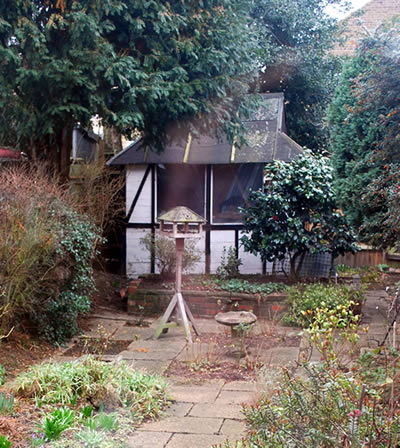
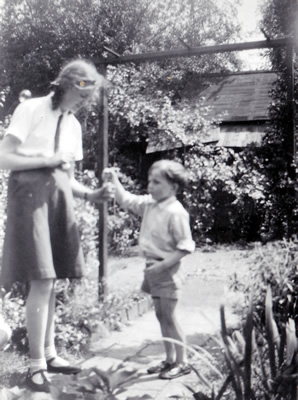
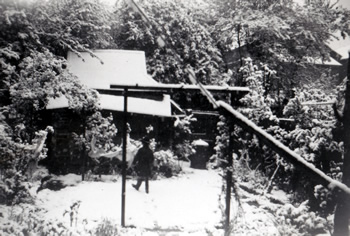
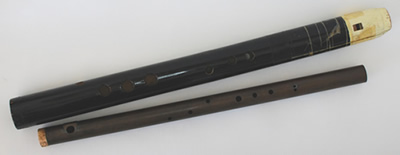
 Back to home improvements and Harold worked his way through three rooms of the house where there was an alcove either side of a fireplace, designing built-in floor to ceiling cupboards or wardrobes to fit the spaces.
Back to home improvements and Harold worked his way through three rooms of the house where there was an alcove either side of a fireplace, designing built-in floor to ceiling cupboards or wardrobes to fit the spaces. 